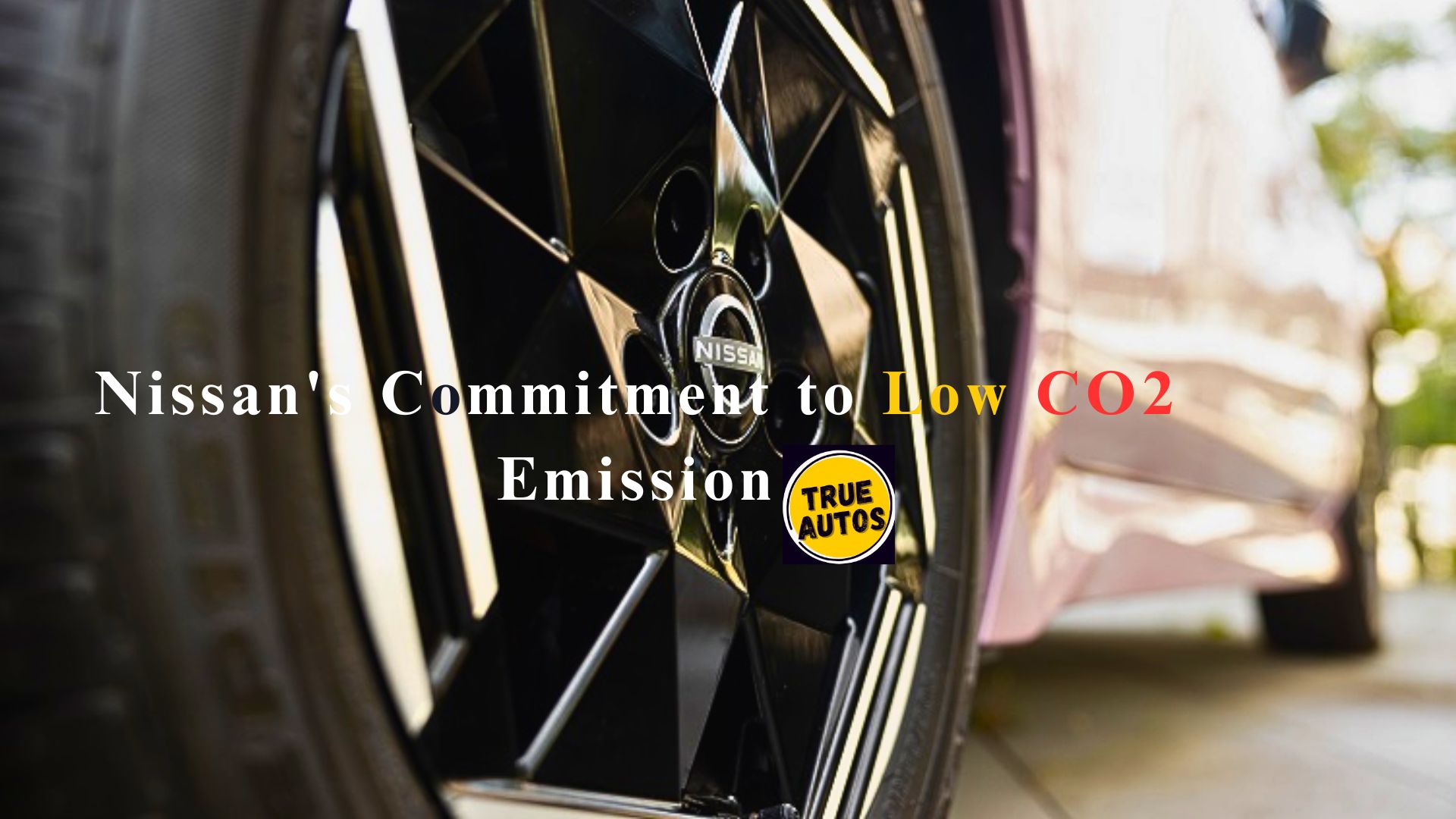Nissan’s Commitment to Sustainability: Transition to Low CO2 Emission Aluminum Parts
Nissan Motor Co. Ltd. has announced a significant step towards sustainability by incorporating low CO2 emission aluminum parts into both new and existing models starting from fiscal year 2024. This initiative is part of Nissan’s broader goal to achieve carbon neutrality across the entire lifecycle of its vehicles by 2050.
Aluminum, which constitutes approximately 10% of a vehicle’s weight, plays a crucial role in the automotive industry. By shifting to low CO2 emission aluminum, Nissan aims to significantly reduce its carbon footprint. The company plans to complete the transition to these eco-friendly materials by 2030.
The Benefits of Low CO2 Emission Aluminum
Green aluminum is produced using non-fossil fuel-derived electricity, which can cut CO2 emissions during production by about 50% compared to traditional methods. Recycled aluminum offers even greater benefits, reducing CO2 emissions by approximately 95%. These materials are essential in its strategy to minimize environmental impact.
Nissan has already started purchasing low CO2 emission aluminum sheets for vehicle panels in Japan from suppliers such as Kobe Steel, Ltd. and UACJ Corporation. Moving forward, the automaker will expand the use of low CO2 emission aluminum to all aluminum parts, including processed components, on a global scale.
Implementation Timeline
For new models, it will begin using low CO2 emission aluminum starting in fiscal year 2027. For current models, the transition will commence this fiscal year, with sourcing wheels, chassis parts, axle parts, and harness wires made from green aluminum in Japan, the United States, and Europe. By the end of fiscal year 2024, it is expected that around 20% of the newly mined aluminum used for car parts in these markets will be replaced with green or recycled aluminum.

Nissan’s Broader Sustainability Goals
The dedication to sustainability extends beyond materials with its commitment to creating a cleaner, safer, and more inclusive world. This includes not only reducing emissions but also innovating in areas such as electric vehicles, renewable energy integration, and sustainable manufacturing practices.
Conclusion
Nissan’s transition to low CO2 emission aluminum parts underscores its commitment to environmental stewardship and sustainability. By leading the way in reducing carbon emissions in vehicle production, Nissan sets a new standard for the automotive industry. This move not only aligns with global sustainability goals but also supports Nissan’s long-term vision of achieving carbon neutrality by 2050.

